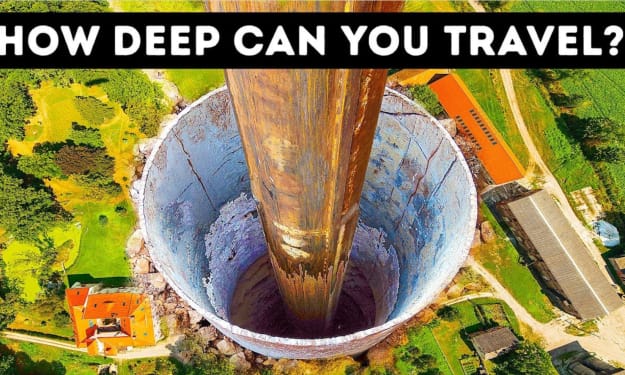Life on mars
The question of whether life on Mars would be better than life on Earth is purely speculative and subject to many unknowns.
Mars is an inhospitable environment with extreme cold, low atmospheric pressure, and radiation exposure. If there were to be any form of life on Mars, it would likely have evolved to survive in those conditions, but it's unclear what that life might be like and how it would compare to life on Earth.
Earth, on the other hand, has a diverse range of ecosystems, a breathable atmosphere, abundant water, and a variety of resources that support a wide array of life forms. While Earth has its challenges, such as environmental issues and conflicts, it also provides a relatively stable and nurturing environment for life as we know it.
Until there is substantial evidence of life on Mars and a deeper understanding of its conditions, it's difficult to make a meaningful comparison between life on Mars and Earth. It's important to note that human perspectives on what constitutes a "better" life can vary greatly and can be influenced by cultural, social, and individual factors.
Making Mars a home
The idea of making Mars habitable for humans is a concept known as "terraforming." Terraforming involves deliberately changing the environment of a planet to make it more Earth-like and suitable for human habitation. While the idea of terraforming Mars is fascinating, it's also extremely challenging and would require significant technological advancements, time, and resources.
Mars currently has several challenges that would need to be addressed for successful terraforming:
Thin Atmosphere: Mars has a very thin atmosphere composed mostly of carbon dioxide. A thicker atmosphere with a proper balance of gases is necessary to retain heat and provide pressure for human survival.
Cold Temperatures: Mars is much colder than Earth, with average temperatures around -80 degrees Fahrenheit (-62 degrees Celsius). Warming the planet would be crucial for making it habitable.
Radiation: Mars lacks a strong magnetic field and thick atmosphere, which means its surface is exposed to higher levels of harmful cosmic and solar radiation.
Lack of Liquid Water: While there is evidence of water ice on Mars, it's mostly in frozen form. Liquid water is essential for supporting life as we know it.
Limited Nitrogen: Nitrogen is an essential component of Earth's atmosphere, but Mars has a relatively low concentration of nitrogen.
Soil Composition: Martian soil is very different from Earth's soil, with lower nutrient levels and potential toxic substances.
Length of Process: Terraforming Mars would likely take centuries or even millennia to achieve significant changes in its environment.
Proposed methods for terraforming Mars include releasing greenhouse gases to increase its atmospheric pressure, introducing genetically modified organisms to help create a thicker atmosphere and fertile soil, and building large-scale infrastructure to trap heat and generate resources. However, these ideas come with significant ethical, environmental, and technical challenges.
While the concept of making Mars habitable is intriguing, it remains speculative and far from becoming a reality. Before any serious attempts at terraforming are considered, further exploration and understanding of Mars' environment, as well as advancements in technology, would be necessary.
About the Creator
moha jone
I like science - fiction -- fantasy - adventure and I enjoy mystery







Comments
There are no comments for this story
Be the first to respond and start the conversation.